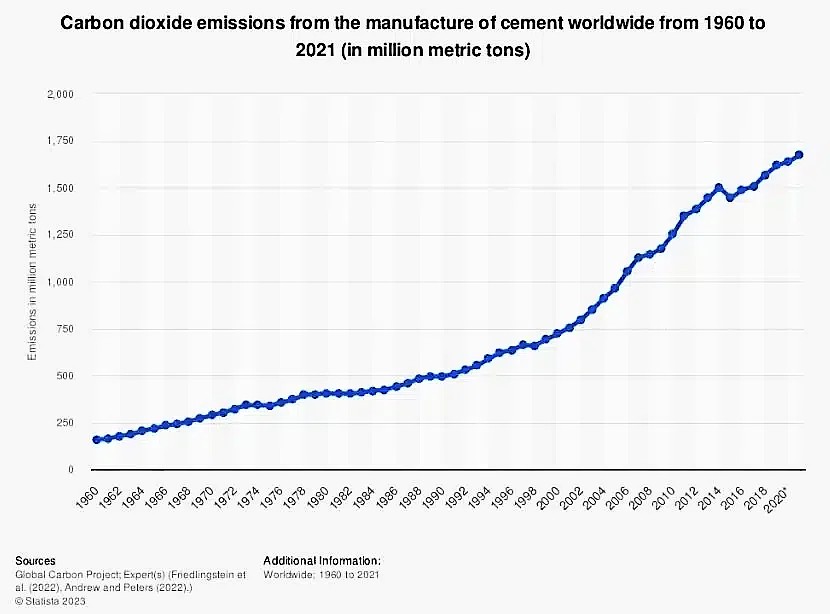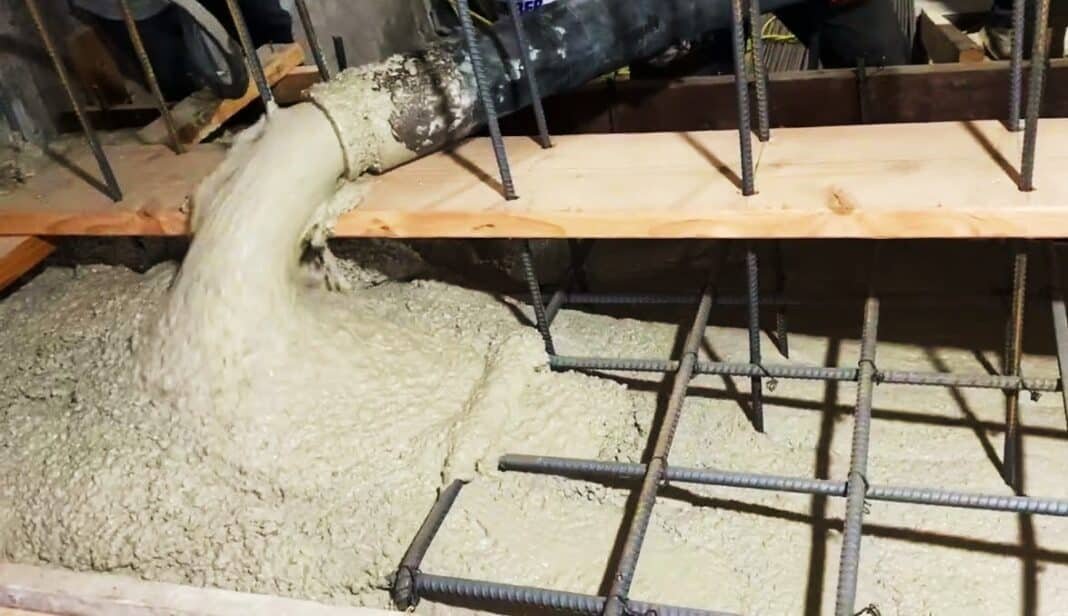C-Crete Technologies is creating an innovative way to capture carbon dioxide to make it as an ingredient in its cement-free, carbon-negative concrete, which attracted $2 million support from the U.S. Department of Energy.
C-Crete Technologies is a materials science company that invents, builds, and scales up infrastructure products with very low carbon footprint. By focusing on environmental stewardship and technological innovation, C-Crete aims to help address climate change while delivering superior infrastructure materials at scale.
The Energy Department’s funding will help the company’s climate-friendly products to fully become carbon-negative building materials. With this support, it can help C-Crete’s concrete be the first ever ready-mix, cement-free product in the industry.
Revolutionizing the Construction Industry
The funding that C-Crete receives from the DOE underlines the importance of innovative solutions in reducing CO2 emissions. Highlighting their technology’s role in this fight, C-Crete founder and president Rouzbeh Savary remarked that they’re crafting concrete that:
“..doesn’t just mitigate carbon emissions but actively contributes to reversing climate change. Our aim is nothing short of revolutionizing this hard-to-abate, carbon-heavy sector of the construction industry.”
Buildings account for about 40% of global carbon emissions annually, making construction a major emitting industry.
The embodied carbon or CO2 released in making building materials is responsible for around 50% of emissions from new construction. Of that, about 8% is contributed by producing cement, a key ingredient in making concrete.
Carbon dioxide emissions from producing cement stood at 1.7 billion metric tons in 2021. And it has been growing since the 1960s.
- Every 1,000 kg of cement production releases >900 kg of CO2.

The company’s pioneering solution for concrete’s embodied carbon can help avoid over dependence on a single material source.
There’s a consensus among climate experts that the world significantly needs to remove gigatons of CO2, alongside massive emission reductions. There are various means and technologies of removing carbon but C-Crete’s solution is innovative and readily scalable.
C-Crete’s Patented Cement-Free Concrete
C-Crete’s carbon sequestration for cast-in-place (pourable) concrete also offers a huge potential. Around 80 tons of its cement-free concrete was recently poured in a commercial building for its foundations, walls, and floor slab.
The carbon dioxide mixes into the product, whether it’s sucked in from industrial point sources or directly captured from the atmosphere as the concrete cures, don’t need to be separated from other gasses. Therefore, it saves on the cost for secondary processes.
Moreover, the diluted carbon can make the cured concrete stronger and tougher, and thus more durable than conventional mix.
Better still, C-Crete Technologies also boasts their patented high-performance, cement-free binder that uses locally available materials as inputs. Their binder releases almost no emission when manufacturing. Plus, it continues to absorb more CO2 from the air as time goes by.
These properties make the company’s potentially carbon-negative concrete a viable alternative to ordinary Portland cement. Ordinary Portland cement is responsible for about 8% of the total carbon emissions globally.
-
Every ton of C-Crete’s cement-free binder can prevent around 1 ton of carbon emissions.
A carbon removal company, CarbonCure, has been innovating a similar solution for the industry. It also incorporates captured CO2 into fresh concrete, locking it up permanently.
The Energy Department’s $2M award will enable C-Crete to further advance its innovative technology. Just last month, the DOE also awarded the California-based company almost $1 million.
This previous funding will help C-Crete expand the kinds of materials it can use to make its revolutionary cement-free concrete. It can also avoid the need for long-distance shipping, which further allows the company to reduce CO2 emissions from shipment.
The new funding will enable the company to show that its technology can convert more than 10 kilograms per day of high-performance, carbon-negative concrete. It may outperform Portland concrete while mineralizing the net carbon.
This development aligns perfectly with C-Crete’s mission to address the climate crisis by manufacturing sustainable and greener building materials that meet or even exceed industry standards for concrete applications.

